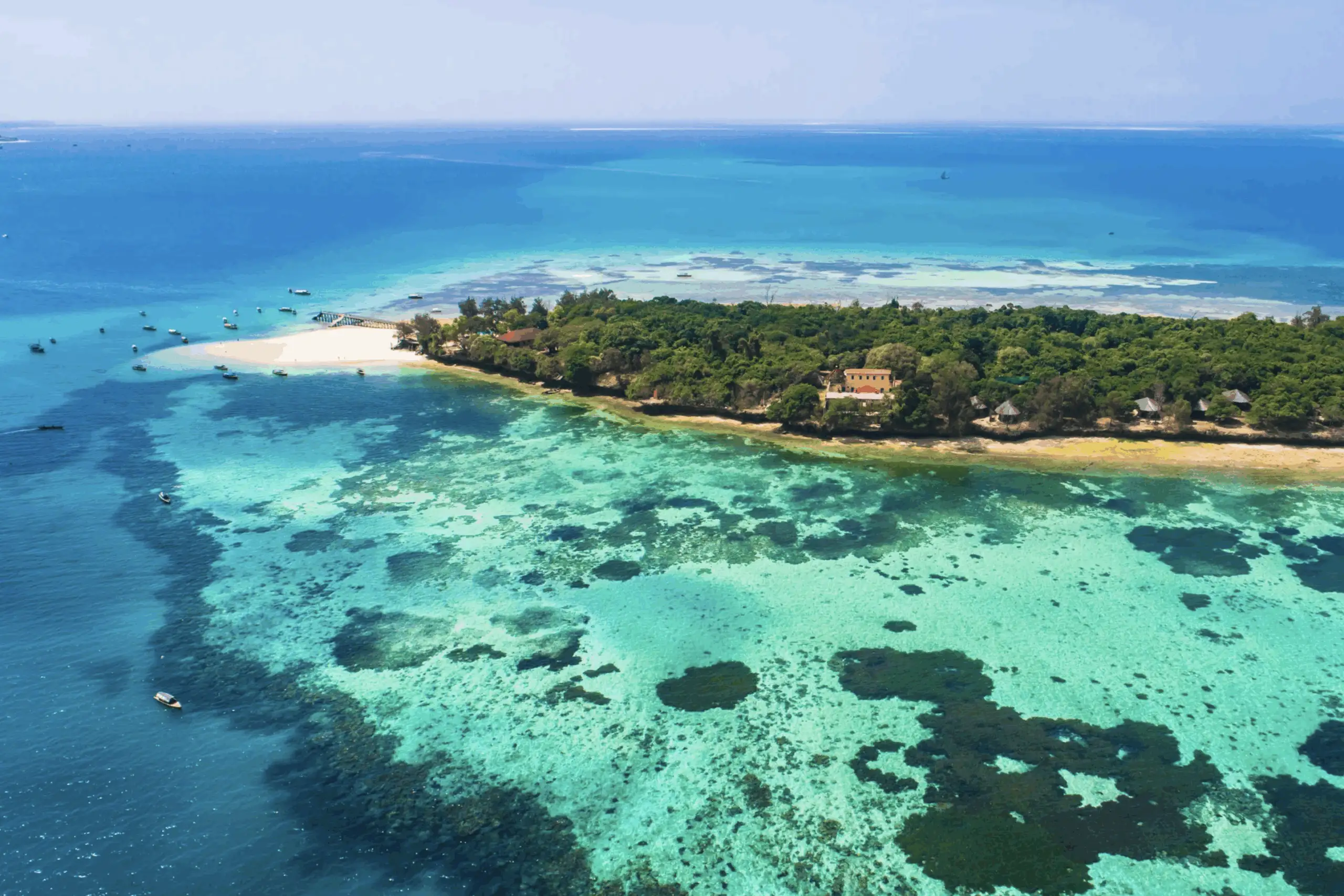Although the East African coast faces challenges towards achieving protection and conservation goals, various strategies have already been put in place as mitigation measures.
The East African coast continues to face major issues, among them over-fishing, ocean pollution, inadequate security, and illegal fishing.
The region’s MPAs serve to protect marine biodiversity, protect habitats, as well as support sustainable resource management by human activities.
Kenya’s MPAs cover four marine national parks and six marine reserves. They include national parks and reserves like Mombasa Marine Park and Reserve, Malindi Marine National Park and Reserve, Kisite Mpunguti Marine National Park and Reserve, Watamu Marine National Park and reserve, and Kiunga Marine National Park and Reserve.
Tanzania and Zanzibar have several marine protected areas, including marine parks and reserves. They include Mnazi Bay Ruvuma Estuary Marine Park (MBREMP), Tanga Coelacanth Marine Park, mangrove forest reserves extending along the five coastal regions of Tanga, Coast, Dar es Salaam, Lindi, and Mtwara, as well as Chwaka Bay, Misali, Mnemba and Chumbe Islands, and Menai Bay in Zanzibar.
Community engagement is critical, as it empowers local communities to manage resources sustainably and fosters a sense of ownership for marine ecosystems.
In Tanzania, the Marine Parks and Reserves Act calls for the institutionalization of Village Liaison Committees (VLCs) in each village located within Marine Protected Areas to promote public participation and representation of local communities in MPA management activities.
Kenya has seen the establishment of Community Conserved Areas (CCAs), where local communities take on the responsibility of protecting previously used fishing grounds, leading to improved reef health, reduced over-exploitation, and better livelihoods.
Analyzing potential threats is essential to conserving East Africa’s oceans-it provides the data and insights needed to understand challenges, shape effective policies, and guide the sustainable management of marine resources and ecosystems.
Together, through collective action and forward-thinking solutions, we can ensure that our oceans remain vibrant, resilient, and abundant for generations to come. Success will depend not only on policy, but on the shared commitment of communities, stakeholders, and every individual who depends on the sea.

